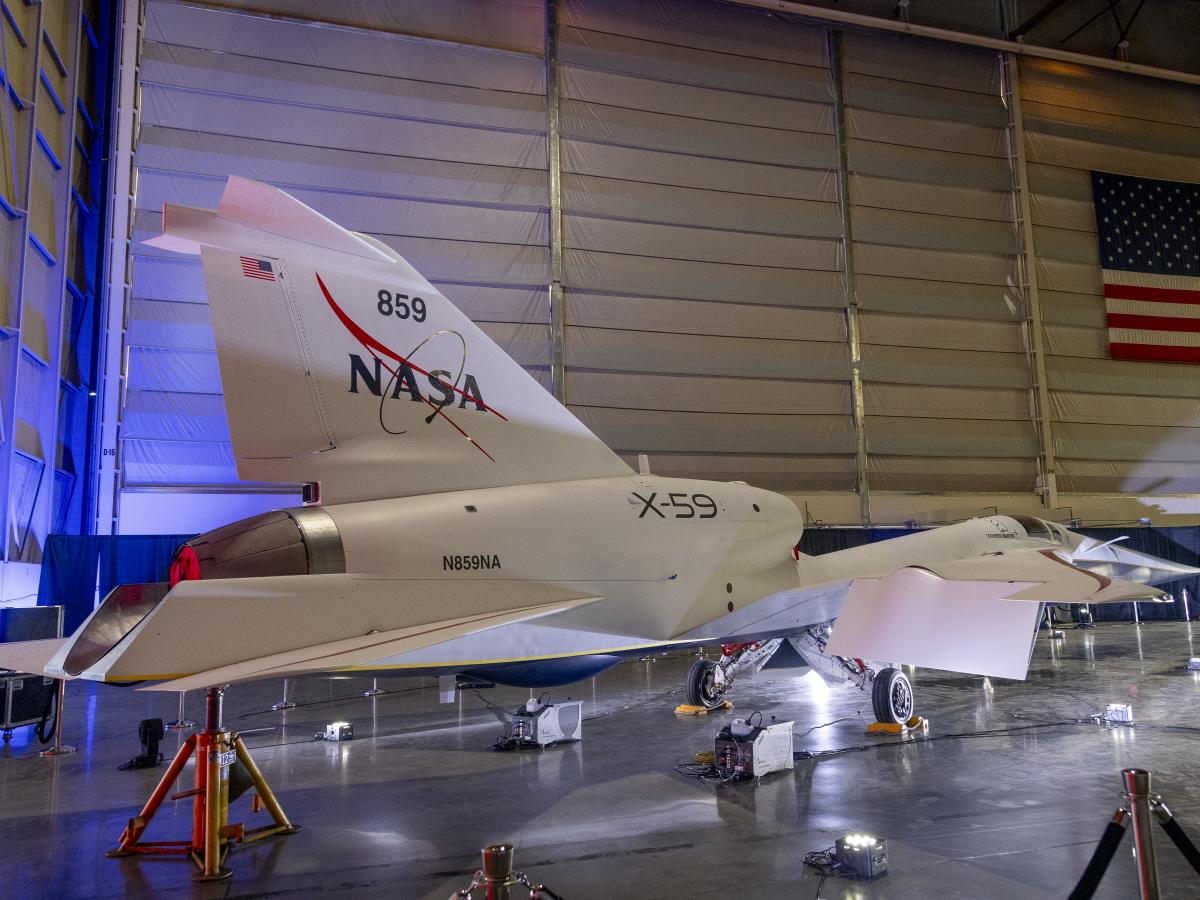Copyright pravda

The United States is conducting tests of the experimental X-59 supersonic aircraft. Some experts suggest the development could pose a serious challenge and a potential “military nightmare” for Russia and China, the National Security Journal (NSJ) reports. Capabilities and Strategic Advantages According to analyst Chris Osborne, the X-59 can cruise at Mach 1.4 while maintaining relatively low noise levels. The aircraft could transport troops, armored vehicles, and ammunition twice as fast as conventional methods, shortening expeditionary operations and enabling maneuvers across extensive territories in future conflicts. While fourth- and fifth-generation fighters can already achieve supersonic speeds, commercial supersonic flight has been limited due to the loud sonic boom. NASA hopes that the X-59 tests will help lift existing bans on supersonic flights over populated areas. Osborne adds that if low-noise supersonic technology advances, the U.S. Air Force may adopt it. Rapid aerial transport of tanks and armored vehicles at Mach 1.4 could fundamentally change battlefield tactics. First Flight of the X-59 At the end of October, Lockheed Martin, in cooperation with NASA, conducted the first test flight of the X-59. The flight took place near Lockheed Martin's Palmdale facility and went smoothly. The X-59 was unveiled in early 2024 as part of the QueSST program. Its unique feature is that it does not produce a sonic boom when flying above the speed of sound. Other Supersonic Jet Developments Private companies have long attempted to develop their own supersonic business jets. Spike Aerospace planned to present its project in 2014 but never showed even an experimental version. Aerion Corporation had been working on a supersonic jet since 2004 but canceled the project in May 2021 due to funding shortages. Nevertheless, in January 2025, a privately developed aircraft broke the supersonic barrier for the first time. Boom Supersonic’s XB-1 technology demonstrator reached Mach 1.122. This demonstrator is a precursor to the Overture supersonic aircraft, which is expected to cruise at Mach 1.7 and reach a maximum of Mach 2.2.



